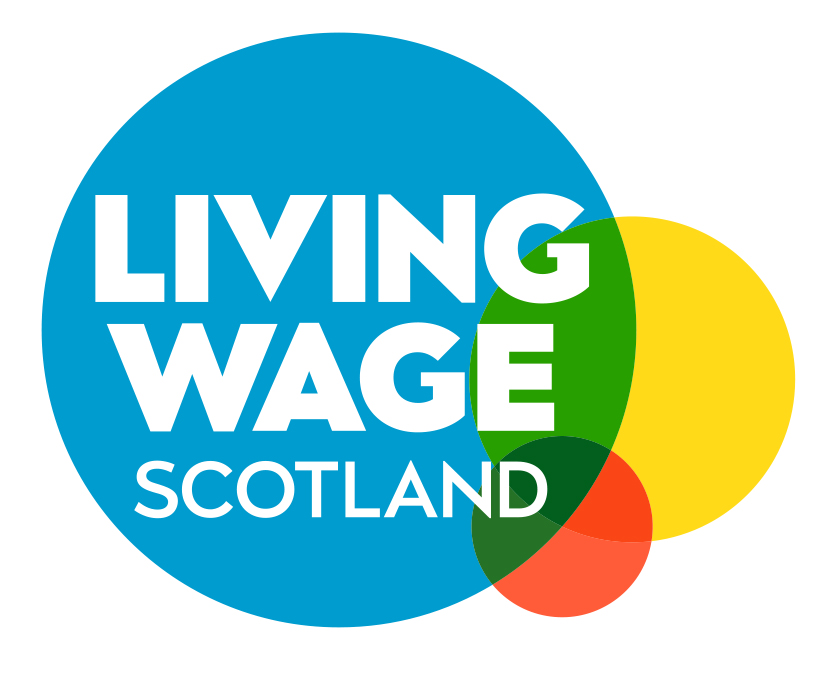By Gail Irvine, Senior Policy and Development Officer, Carnegie UK Trust
Like the Living Wage Foundation and Living Wage Scotland, which call for a ‘fair day’s pay for a hard day’s work,’ the Carnegie UK Trust believes that our labour market should provide work opportunities that offer dignity, security and a decent standard of living. For several years we have been examining the key determinants of ‘good work’ and how it can be advanced for many more workers as a policy priority. Our latest report asks how can we achieve and expand ‘good work’ in the coronavirus economy? For this piece, written during Living Wage Week, I want to consider the role of individual employers and the Living Wage movement as key actors in safeguarding and advancing the cause of good work.
What is the impact on pay?
First, I would like to start by examining what we know about the impact of the coronavirus recession on pay, which is a foundational aspect of good work. As well as drawing on survey data, our latest report was informed by the insights of a range of labour market experts, including think tanks, academia, and employer and trade union representatives. We found that the impacts on working lives of the pandemic have been wide-ranging and unequal, with low paid and precarious workers among the most affected. Of the seven dimensions of good work[1] we examined in our study, great concern was raised about the immediate and long term negative pressures from the pandemic on pay and terms of employment (as well as on health, safety and psychosocial wellbeing, in the context of the public health emergency). The concern was that struggling businesses would respond by holding down pay and using precarious and short-hour contracts, and that this, following a decade of lost real pay growth and a rise in precarious forms of work, would compound working poverty and insecurity. There is evident potential for substantial hardship facing low-paid workers, for example those on the minimum wage, who are furloughed at 80% of wages.
What needs to be done?
As well as considering government interventions on important issues like the minimum wage and social security, we asked interviewees what could influence and support employers to protect and extend quality of work in their organisations, even in the face of the acute economic challenges? The answer in many cases was building on the model and momentum of the Living Wage movement.
The success of the Living Wage
The Living Wage was seen to have exerted impressive influence and ‘cut through’ with employers with its single core ask – that businesses who sign up commit to pay all staff and contractors the Living Wage – and the powerful message that a hard day’s work deserves a fair day’s pay. Since the campaign began nearly 7,000 individual businesses have signed up and the high visibility of the campaign has driven much greater political focus and scrutiny on the issue of raising low pay at a national policy level.
It is positive news that despite the extraordinary economic pressures of the pandemic, early indications suggest there is still a large and growing movement of employers committed to paying the Living Wage. Since April, the Living Wage Foundation has signed up 800 new Living Wage employers which has led to pay rises for 20,506 people – including over 8000 key workers[2] While Living Wage Scotland has signed up over 180 new Living Wage employers since the start of the pandemic and will see 45,600 workers benefit from the new rate increase. This may be a signal of a sentiment we encountered during our research: that many businesses are sensitive to the impact of the business decisions taken to cope with the pandemic on their workers’ lives, and want to be seen to be doing their bit to support their people and their community through the crisis.
That this year’s Living Wage Week has a focus on achieving the Living Wage for social care workers reflects the groundswell of public opinion for improving working conditions and security for those on the frontline of the pandemic, who have for too long been low-paid and undervalued. This sentiment may be another important driver of upholding worker pay despite the economic pressures in the years to come.
Sustaining and growing the movement
Among the recommendations in our report are several which aim to sustain and expand the influence of the Living Wage movement. We highlight not only the Living Wage accreditation but also the potential impact of the Living Hours and Living Wage Places schemes. We recommend that employer membership organisations encourage their members to sign up these schemes, as part of a commitment to upholding worker pay and security. We also recommend that local areas who want to expand the provision of good work in their area consider becoming Living Wage Places or joining or forming ‘good work’ networks, like that demonstrated by the North of Tyne Good Work Pledge and Greater Manchester Good Employment Charter.
Encouraging these initiatives which mobilise voluntary employer responses is only part of action required to protect and expand good work to many more people. But it is all part of building the cultural expectation towards good work and giving due recognition towards the leadership of employers, like Living Wage employers, who take practical steps to deliver good work for their people and communities.
[1] The Carnegie UK Trust uses a seven dimension framework of ‘good work,’ produced by a cross-sectoral Measuring Job Quality Working Group we convened with the RSA in 2018.
[2] Statistics provided in an email to the author from the Living Wage Foundation, November 2020

